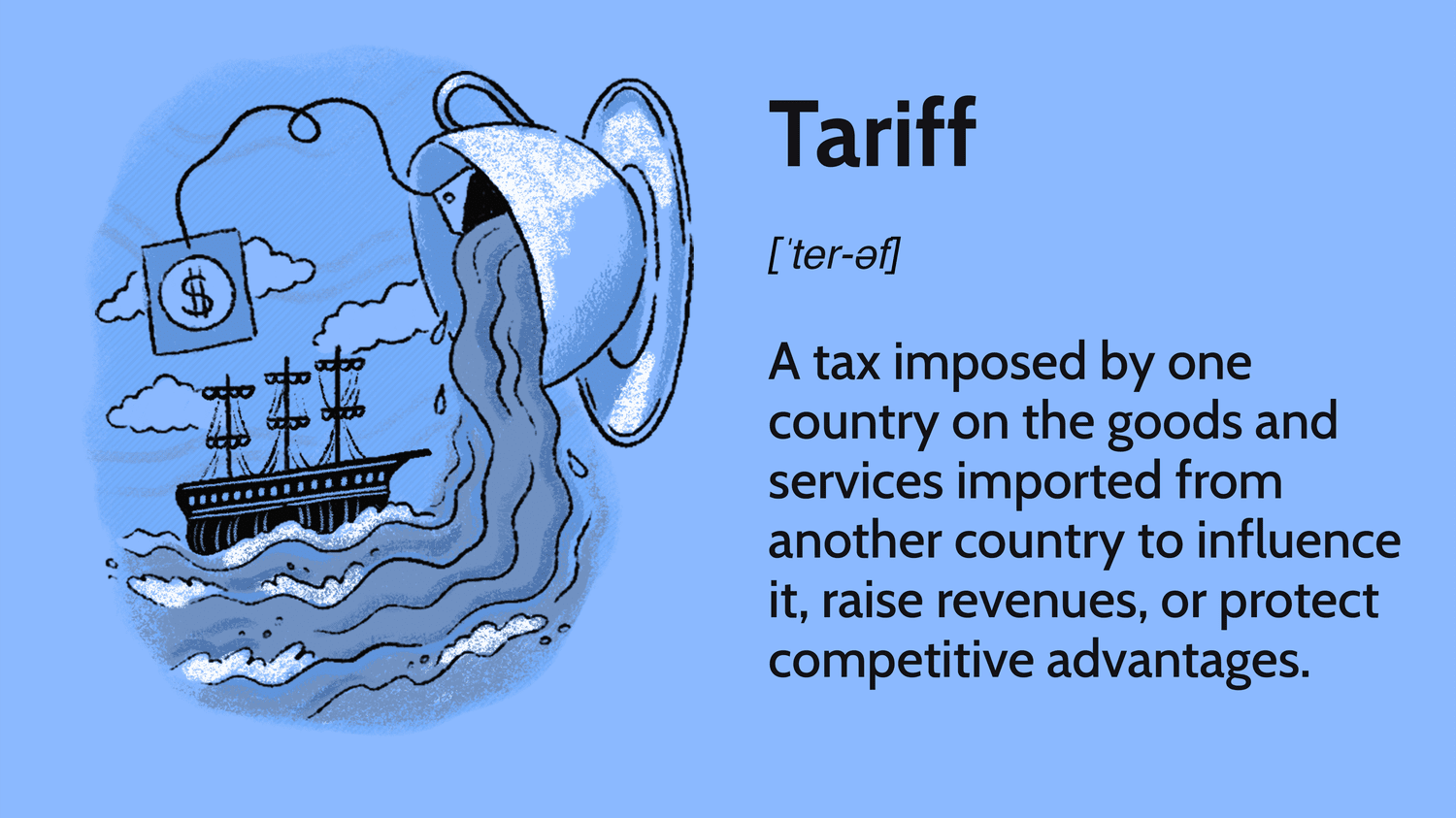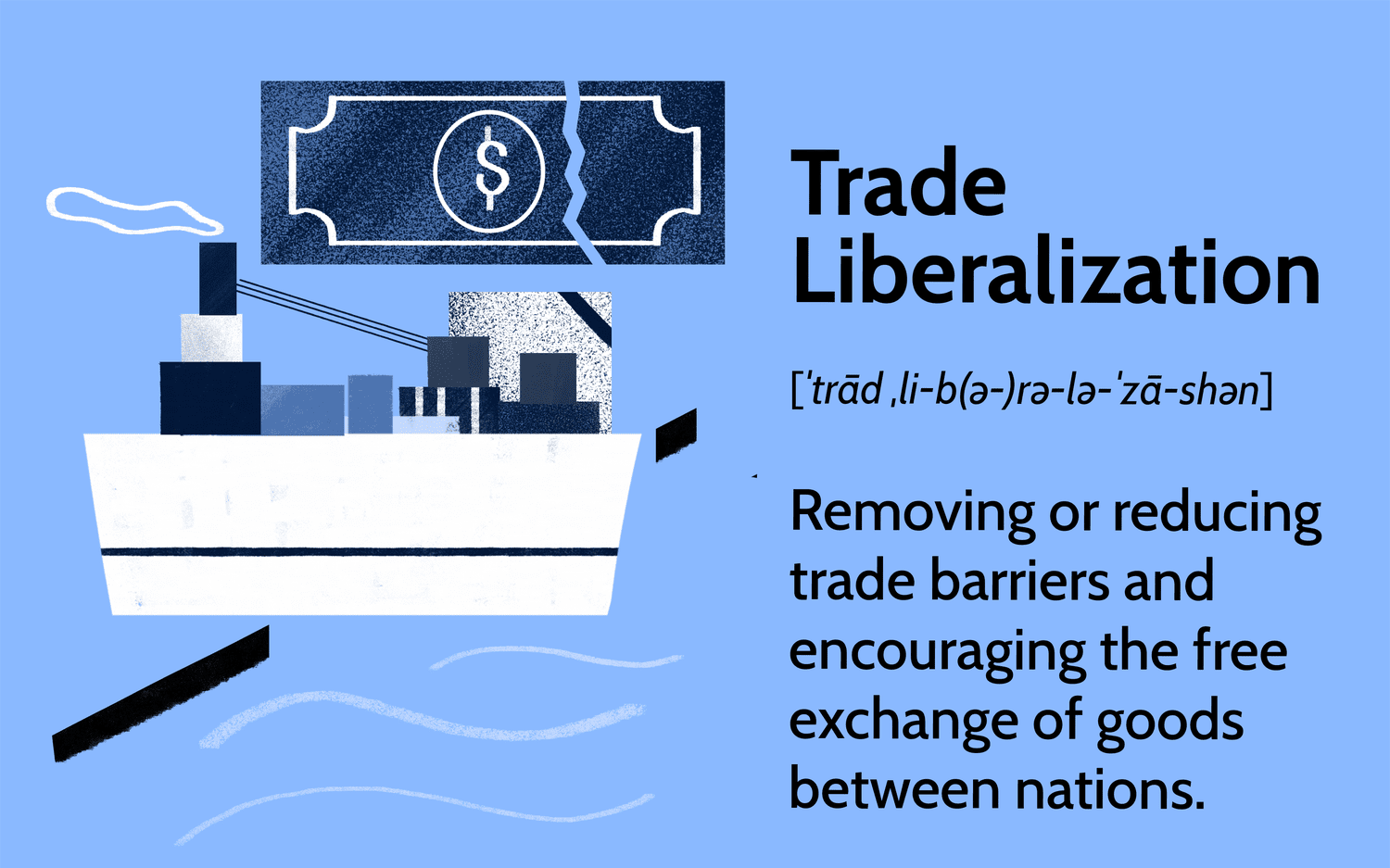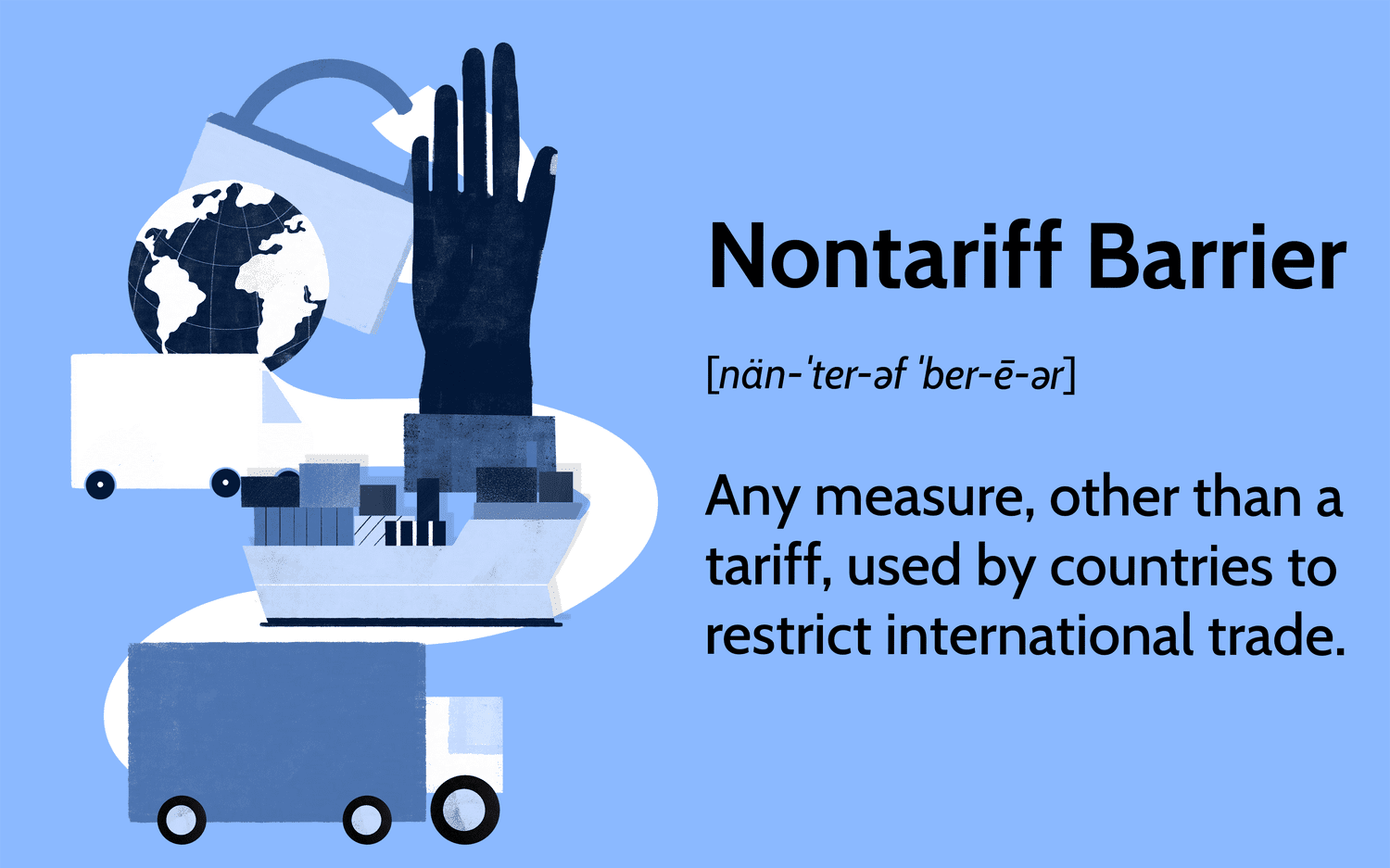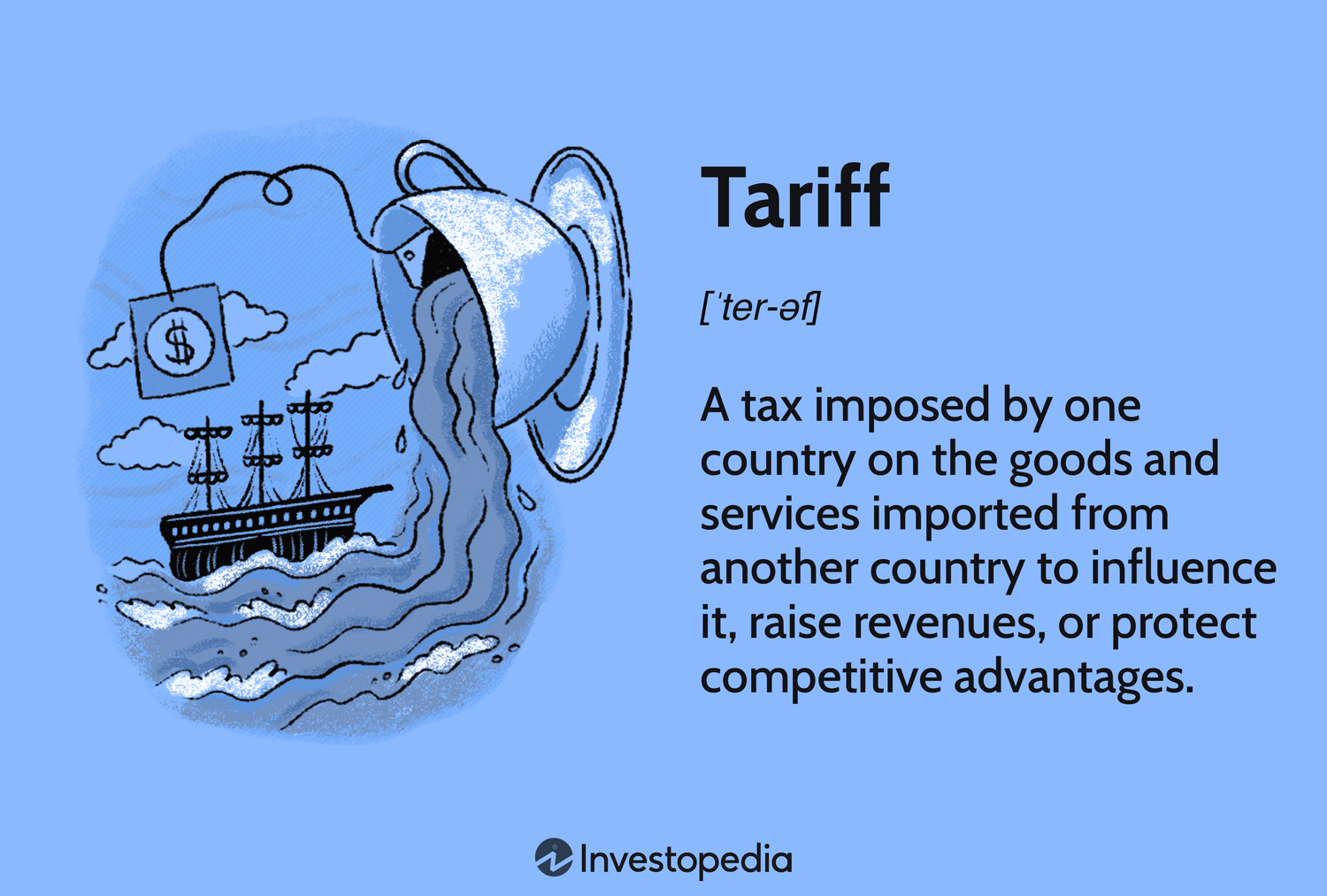In the complex and ever-evolving landscape of global trade, understanding and navigating textile tariffs is essential for manufacturers who want to remain competitive. Textile tariffs, which vary widely from country to country, can significantly impact the cost of production, pricing strategies, and overall profitability. As globalization continues to shape the textile industry, manufacturers must stay informed about these tariffs to optimize their supply chains and make strategic decisions.

Understanding Textile Tariffs
Textile tariffs are taxes or duties imposed by governments on imported or exported textiles and apparel. These tariffs are designed to protect domestic industries, generate revenue, and regulate trade. However, they can also pose challenges for manufacturers, especially those involved in global trade, by increasing the cost of importing raw materials or exporting finished products.
Types of Textile Tariffs
- Ad Valorem Tariffs: These are calculated as a percentage of the value of the imported goods. For example, a 10% ad valorem tariff on a $1,000 shipment of textiles would result in a $100 tariff.
- Specific Tariffs: These are fixed fees based on the quantity of goods, such as a specific dollar amount per kilogram of fabric.
- Compound Tariffs: A combination of ad valorem and specific tariffs, where both a percentage and a fixed amount are applied.
Understanding the type of tariff applied is crucial for accurately calculating costs and setting prices for your products.
The Impact of Textile Tariffs on Manufacturers

Textile tariffs can have a significant impact on a manufacturer’s operations. Here are some of the key areas affected:
1. Cost of Production
Higher tariffs on imported raw materials can increase the cost of production, making it more expensive to produce textiles and apparel. For example, if a country imposes high tariffs on imported cotton or synthetic fibers, manufacturers may face higher costs, which can lead to increased prices for consumers or reduced profit margins.
2. Supply Chain Management
Tariffs can influence supply chain decisions, including where to source raw materials and where to manufacture products. Manufacturers must weigh the costs of tariffs against other factors such as labor costs, transportation, and quality. By strategically sourcing materials from countries with lower tariffs, manufacturers can reduce costs and maintain competitive pricing.
For a deeper understanding of global sourcing and which fabrics are sourced from which countries, check out our blog on Global Sourcing Scenario: Which Fabric is Sourced from Which Country.
3. Market Access
Tariffs can also affect market access by making it more expensive to export goods to certain countries. High tariffs can reduce the competitiveness of products in foreign markets, limiting a manufacturer’s ability to expand globally. Conversely, free trade agreements (FTAs) can lower or eliminate tariffs, providing manufacturers with better access to international markets.
Strategies for Navigating Textile Tariffs

To successfully navigate textile tariffs, manufacturers must adopt strategies that minimize costs and maximize opportunities. Here are some practical steps:
1. Leverage Free Trade Agreements (FTAs)
FTAs between countries can significantly reduce or eliminate tariffs on textiles and apparel. Manufacturers should take advantage of these agreements to lower costs and expand market access. For example, the US-Mexico-Canada Agreement (USMCA) offers reduced tariffs for textiles traded between these countries.
2. Optimize Supply Chains
By strategically selecting suppliers and production locations, manufacturers can minimize the impact of tariffs. Sourcing materials from countries with favorable trade agreements or lower tariffs can help reduce costs. Additionally, manufacturers can explore nearshoring or reshoring options to bring production closer to home and avoid high tariffs.
3. Stay Informed and Adapt
The global trade environment is dynamic, with tariffs and trade policies frequently changing. Manufacturers must stay informed about the latest developments in trade agreements, tariff rates, and regulations. By being proactive and adapting to changes, manufacturers can mitigate risks and seize new opportunities.
To explore how global trends are shaping the textile industry and affecting tariffs, read our blog on Global Trends in the Textile Industry: An Overlook.
4. Diversify Markets
Diversifying export markets can reduce reliance on a single market and minimize the impact of tariffs in any one region. By expanding into multiple markets, manufacturers can spread risk and take advantage of different tariff regimes.
5. Engage in Lobbying and Advocacy
Manufacturers can work with industry associations to advocate for favorable trade policies and tariff reductions. By engaging with policymakers, manufacturers can influence trade negotiations and ensure their interests are represented.
The Influence of Global Practices on Modern Design
Textile tariffs are not just about economics—they also impact the cultural exchange of design practices. As manufacturers navigate global tariffs, they often encounter diverse textile traditions that influence modern design. Understanding how global textile practices shape contemporary trends is essential for staying ahead in the competitive market. To learn more about this, explore our blog on Blending Traditions: The Influence of Global Textile Practices on Modern Design.
Conclusion: Navigating the Global Landscape with Locofast
Navigating global textile tariffs is a complex but essential task for manufacturers looking to thrive in an interconnected world. By understanding the nuances of tariffs, leveraging trade agreements, and optimizing supply chains, manufacturers can minimize costs and maximize their global reach.
At Locofast, we are committed to helping manufacturers navigate the challenges of global trade. With our extensive network of suppliers and deep industry expertise, we provide the tools and insights needed to succeed in today’s competitive textile market. Visit Locofast to learn how we can support your business in navigating global textile tariffs and driving growth in a rapidly changing world.
